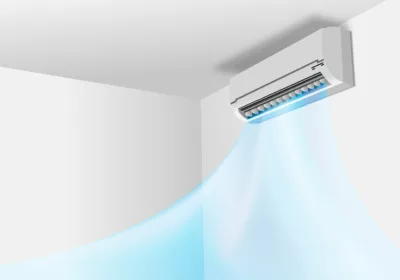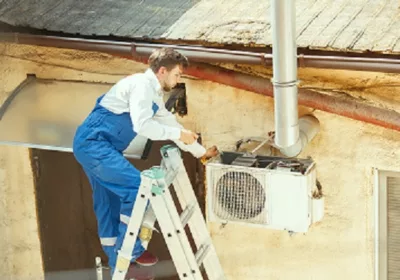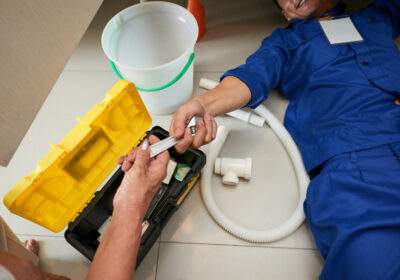
Leak Detection Systems: How Do They Operate?
Leak detection systems are used in a variety of applications. From industrial leaks at refineries and steel mills to pipelines containing liquids and gasses, they’re essential to safety and environmental protection. These devices detect leaks before they become too big, preventing jaw-dropping damage and expensive repairs. These leak detection systems work by using several different technologies.
The Circuitry
Leaks from underground tanks and pipelines can contaminate groundwater and cause extensive environmental damage. In addition, leaks can also affect the health of humans.
A leak detection system can help reduce the cost of these problems by identifying and extinguishing them. By reducing or eliminating these leaks, companies like Pure Restore Restoration Denver can significantly decrease the cost of maintaining and repairing their property and products.
One standard leak detection method involves a cable adjacent to the tank or pipeline. A pair of sensing wires are concentrically wrapped around the cable. Any time a conductive fluid comes in contact with the cable, it completes an electrical circuit triggering an alarm indicating the presence of the liquid.
The Sensors
Leak detection systems are designed to alert people when a pipe or other system that contains liquids or gases is experiencing a problem. They typically come in various types and sizes, with each device having its unique sensitivity level. In residential homes, the most common type of leak detector is a mechanical system that monitors water flow by physically counting the number of gallons passed through it over time. When the number of gallons passes through a certain threshold, it cuts off that water supply.
For industrial and commercial applications, a leak detection system can be as simple or complex as required to protect the environment and keep assets secure. From chemical plants to fuel storage and production facilities, leak detection is crucial for safeguarding profits by minimizing product loss. External leak detection systems generally transfer leak alarm and system status information to a local programmable logic controller (PLC) or another type of data concentrator. Often, that information will then display on the controller’s HMI.
The Alarm
Unlike smoke detectors, which alert you of a fire, leak detection systems warn you of water leaks before they cause severe damage to your home. These leaks can lead to rotting house framing and flooded basements, so it’s essential to detect them before they cause significant problems. These leak detectors use moisture sensors to sound an alarm when a leak is detected. They are typically battery-operated and can be placed under sinks or near water heaters, sump pumps, dishwashers and plumbing outlets. These leak detection systems have a shut-off valve that shuts the water off to all water-using appliances. It helps to mitigate the damage caused by leaks and reduce your water bill.
The Transducers
The most common types of leak detection systems use a variety of sensors. These devices monitor pressure, temperature, flow rate, and other pipeline parameters to detect leaks.
These are either hardware or software-based. Some examples include acoustic emission detectors, negative pressure sensors, fiber optic sensors, ultrasonic technologies, and infrared thermographs. Some leak detection systems align with your plumbing, monitoring the water flowing through your pipes. They record the data on an app and alert you if it exceeds your expected water usage. Others use ultrasonic waves to detect water patterns within your pipe. They then send that data to your Wi-Fi router, and you can monitor it from anywhere using a smartphone or computer.
















